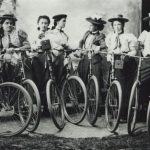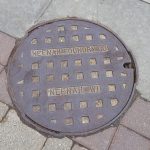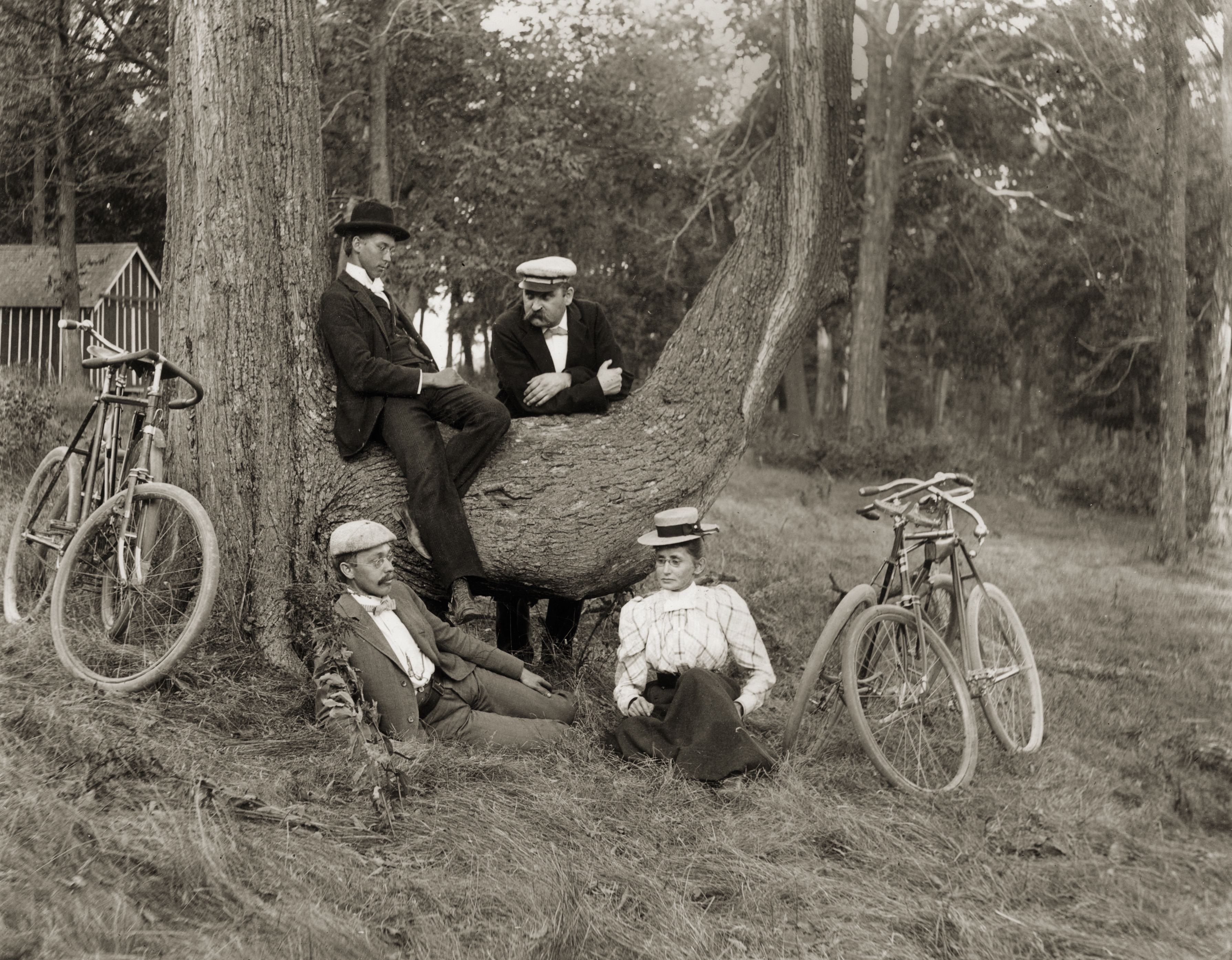
M.C. Rotier, the publisher and editor of The Pneumatic, a Wisconsin periodical and trade journal dedicated to bicycles in the 1890s, called bicycling “the most independent, healthful, rapid, and convenient mode of travel” in the nineteenth century.[1] Rotier, a leading bicycle advocate of the decade, explained how “the very essence of [the] sport is its freedom.”[2] Popular with city-dwellers, bicycle riding allowed people to escape growing urban areas for a more serene and peaceful excursion in the countryside. The journal declared that “few states offer advantages for touring wheelmen equal to those of Wisconsin,” and that “every year thousands of wheelmen from Chicago and other cities of Illinois, make Wisconsin their stamping ground.”[3] These promotions are examples of how bicycling encouraged tourism and travel within in the state.
Wisconsin Wheelmen, bicycle enthusiasts of the 1890s, proudly proclaimed many of the state’s tourist destinations in the Wisconsin Tour and Handbook. The state’s lakes were the major destinations, and they would have made for great camping, fishing, hiking, or sightseeing experiences. Some of the lakes listed were Fox, Elkhart, and Devils Lake, as well as Lake Geneva, Winnebago, and Monona.[4] Other attractions included Yerkes Telescope, artesian wells, the lead and iron mining districts, lumber and mill towns, the winter ice caves along Lake Superior, Rib Hill in Wausau, and Castle Rock.[5] Wisconsin Wheelmen were proud of their state’s natural beauty and used its many tourist destinations to attract new cyclists.
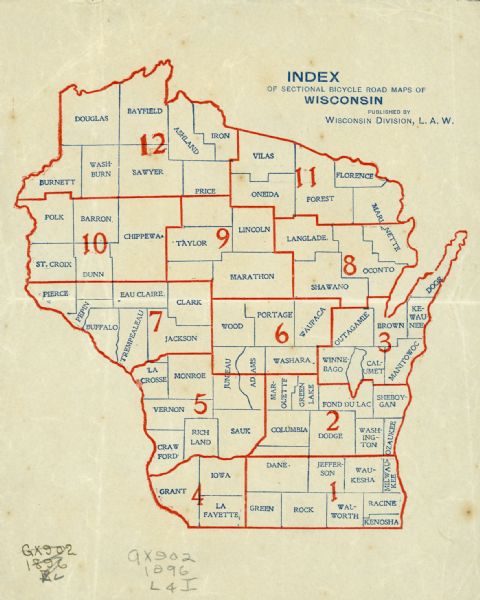
One route that connected Racine and Kenosha where two new local bicycle clubs had been established had a sandy, narrow, “beaten down path along the fences…crooked as the letter S,” where riders could cycle. As bad as this road was, the Racine and Kenosha wheelmen were praised for constructing it because it allowed wheelmen to travel between Milwaukee and Chicago.[6] In addition to this path heading south into Chicago, the wheelmen’s handbook included over 50 routes that had destinations in neighboring states including Michigan, Minnesota, Iowa, and Illinois. Wisconsin wheelmen were not only interested in improving riding conditions within Wisconsin, but also worked to make connections outside of the state to facilitate bicycle tourism throughout the region.
Written by Thomas Rademacher.
Footnotes
[1] “Salutation,” The Pneumatic 1, no. 1 (April 15, 1892), 3; “The Gospel of Cycling,” The Pneumatic 4, no. 5 (February 1894).
[2] “Country Touring: Touring in Wisconsin,” The Pneumatic 8, no. 2 (May 1897).
[3] Sam J. Ryan, Wisconsin Tour and Handbook (Appleton, WI: Wisconsin Division, League of American Wheelmen, 1897), Pamphlet Collection, Wisconsin Historical Society Library.
[4] Ibid.
[5] Ibid., 61-62.
RELATED STORIES
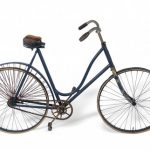
OBJECT HISTORY: Sterling Safety Bicycle
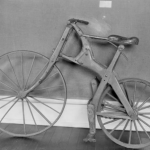
OBJECT HISTORY: The Crab Tree Special
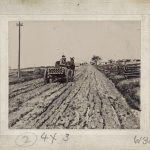
Wisconsin Road Conditions
